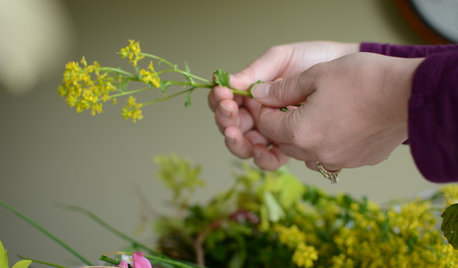Ethics of Splicing Genes into Trees
greenthumbzdude
10 years ago
Related Stories

EARTH DAYHow to Design a Garden for Native Bees
Create a garden that not only looks beautiful but also nurtures native bees — and helps other wildlife in the process
Full Story
ARCHITECTUREWhat the Future Holds for 3D Printing in Architecture and Design
Designers worldwide are creating 3D-printed buildings, furnishings and materials. Will we be seeing this trend in our homes?
Full Story
GARDENING GUIDESThe Quotable Garden: Writings That Will Grab Your Heart
Maybe you’ll see yourself in these reflections. Or maybe you’ll find a whole new way of looking at gardening
Full StoryMore Discussions








hortster
lucky_p
Related Professionals
Allentown Landscape Contractors · Cordele Landscape Contractors · Damascus Landscape Contractors · Fairview Landscape Contractors · Fruit Heights Landscape Contractors · Mesa Landscape Contractors · Mission Landscape Contractors · Oklahoma City Landscape Contractors · Pompano Beach Landscape Contractors · San Carlos Park Landscape Contractors · Palos Heights Landscape Contractors · New Port Richey East Siding & Exteriors · Saratoga Springs Siding & Exteriors · Ashland Decks, Patios & Outdoor Enclosures · King of Prussia Decks, Patios & Outdoor EnclosuresEmbothrium
greenthumbzdudeOriginal Author
lucky_p
Toronado3800 Zone 6 St Louis
lucky_p
Smivies (Ontario - 5b)
Embothrium
hortster
Smivies (Ontario - 5b)
Embothrium
alexander3_gw
poaky1
poaky1
greenthumbzdudeOriginal Author
brandon7 TN_zone7
alexander3_gw
brandon7 TN_zone7
Embothrium
Toronado3800 Zone 6 St Louis
blakrab Centex
viburnumvalley
brandon7 TN_zone7
famartin
cousinfloyd
greenthumbzdudeOriginal Author
brandon7 TN_zone7
hortster
Embothrium